The Mother Library
When a young Midwesterner started working at the Boston Public Library, he was a stranger in a strange land. What he discovered there, though, would change his life.

The McKim Building’s grand reading room, Bates Hall.
Photo Credit : Adam DetourBy Glenn Stout
“Libraries raised me,” wrote Ray Bradbury. He’s not the only one. Growing up, I marked each week by the days between visits to our town library and by the stack of books I slowly devoured. That I would one day work in a library now seems like destiny, something as certain as the turning of a page.
For me, a transplanted Midwesterner who’d lived in Boston for less than a year, still ignorant of the ways of New Englanders in general and Bostonians in particular, the Boston Public Library proved to be both teacher and parent. It became the key that allowed me to find a home in a place I did not yet know. Within the granite walls of its two buildings that anchor Copley Square, mingling with its people, rooting through the collections and dust of that magnificent place, I grew to discover myself. Quite unexpectedly, the BPL seemed to capture not only all of what Boston was, but also what it was becoming.

Photo Credit : Adam Detour
It was the fall of 1982, and I was armed with a newly minted creative writing degree. The previous winter I had quit my postgraduate job pouring concrete, sold my trombone, and moved to Boston. I had friends from school there, and I had always wanted to live in a city with an old ballpark, something Fenway Park more than fulfilled. I was soon working several minimum-wage, part-time jobs—one as a security guard at Harvard Medical School, where mostly I did the crossword puzzle in the morning Herald and gawked at Phineas Gage’s famously perforated skull and other curiosities on display in the Warren Anatomical Museum. Then I saw an ad in the paper for the Boston Public Library.
Hmm, I thought. Libraries … people who read, like me. And a city job, with benefits! Just the kind of place, I concluded, for a burgeoning poet fantasizing about becoming a writer. I had no idea that the Boston Public Library had just received its first budget since a statewide tax referendum, Proposition 2½, resulted in massive layoffs. Now it was hiring again, and in only a day or two it would add dozens of employees.
The BPL was unique among Boston institutions at the time, poised squarely between the city’s stodgy past and its emerging future, a dynamic best represented by the two adjoining buildings that made up the Central Library. The past was embodied by the beautifully decaying (and since renovated) McKim Building, opened in 1895 and dubbed the “People’s Palace” by Oliver Wendell Holmes, while the future—or what was visible of it in Boston then—was the Johnson Building, opened in 1972, a modern, near-brutalist edifice.
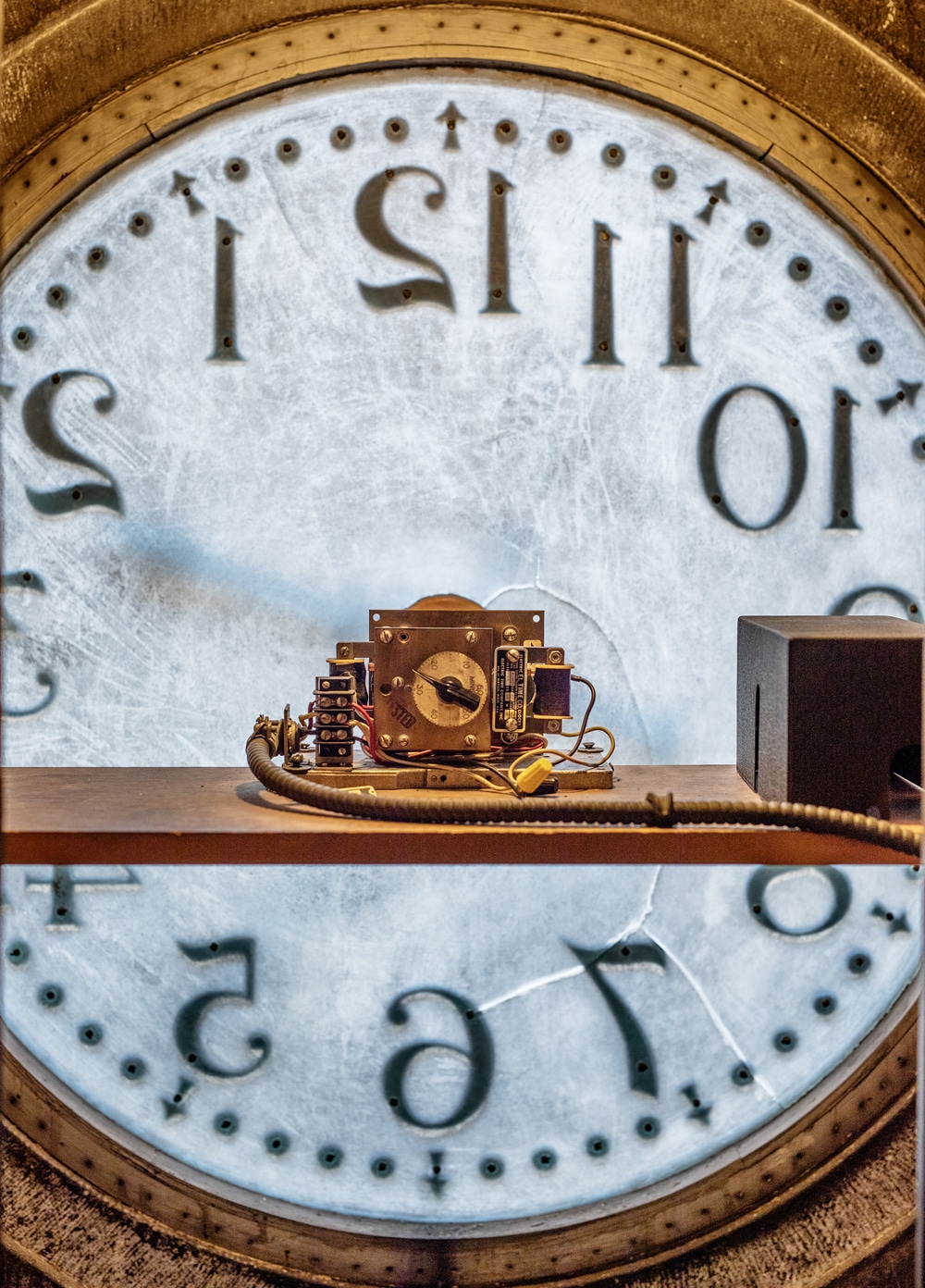
Photo Credit : Adam Detour
The library was staffed by an entrenched bureaucracy of Boston Irish, who more or less had been running the place for the past 50 years, and hundreds of workers who kept the library operating and who hailed from Grove Hall, Mattapan, Dorchester, and other city neighborhoods. Most of these workers didn’t know Boston Latin from pig Latin, but they spoke Spanish, Vietnamese, French, Chinese, and apparently every other language available. Add a dash of the then-taboo (at the time libraries were the rare places that provided a generally safe haven for LGBT employees) and the eccentric (a few aging librarians who seemed to have stepped out of Miss Havisham’s tearoom), and it was like no place else in the world, at least none that I had seen.
The woman in personnel who hired me started asking me about working at the various library branches—did I know how to get to Washington Village? Dudley? Codman Square? Huh? All I knew was the B line, the way to the Fenway Park bleachers and the path from Kenmore Square to Copley. By the blank look on my face, she concluded I’d better stay right in Copley Square or else suffer the fate of Charlie on the MTA and ride forever ’neath the streets of Boston. I filled out some paperwork, including a pledge not to overthrow the United States government (libraries being well-known dens of revolutionary, if whispered, discontent), and I was, in the parlance of the place, an LA-2, a library assistant. I felt proud until I learned, like the 13th floor in a hotel, there was no such thing as an LA-1.
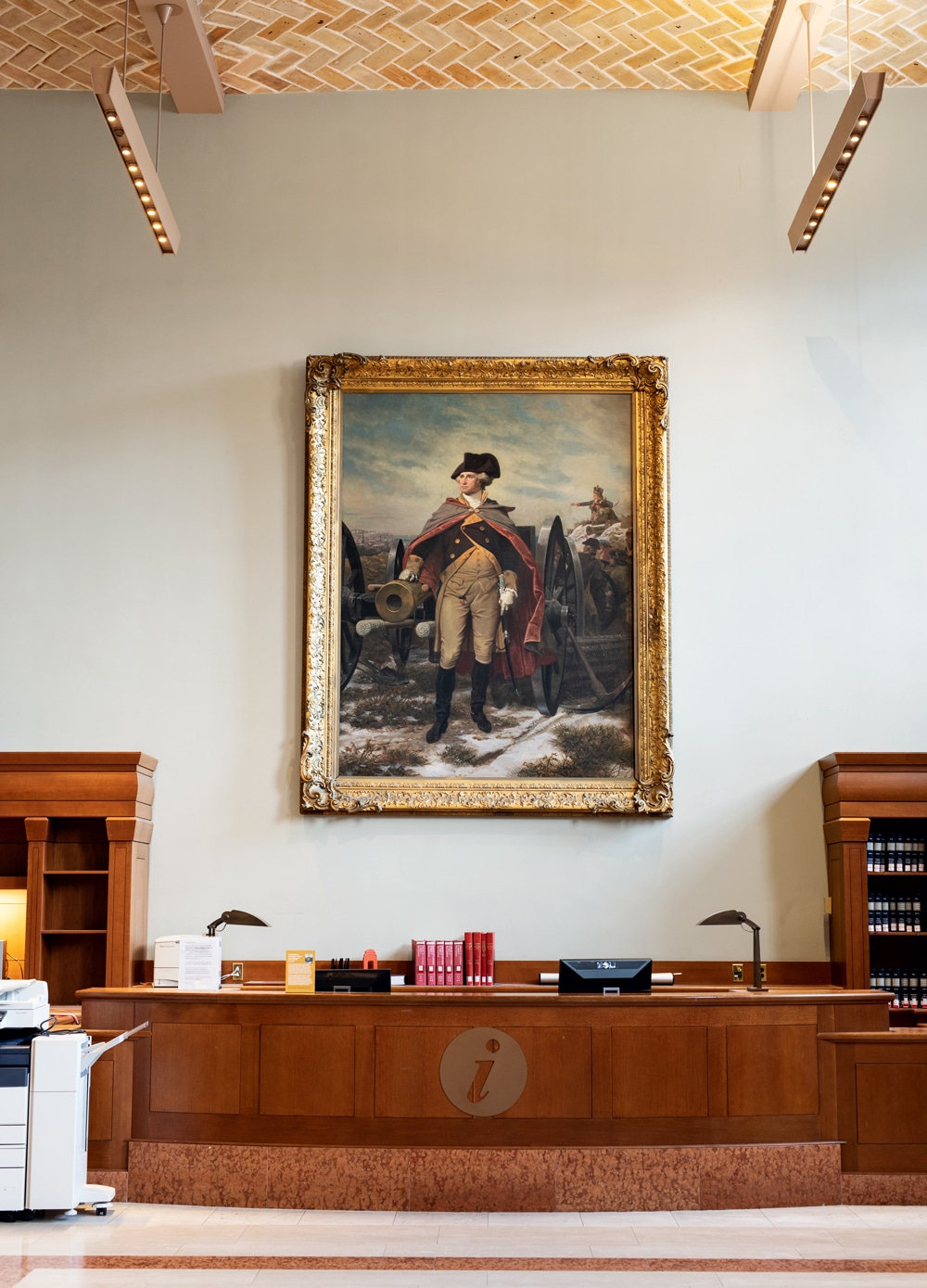
Photo Credit : Adam Detour
I realized on my first day that the library was different. Eager to please, I was assigned to combine two collections in the circulating library that covered the same spectrum of the Library of Congress classification system. A librarian told me that for weeks she had labored to copy the call numbers of the thousands of titles in one collection onto individual slips of paper, which she had slid between the appropriate titles in the second collection. My task, she explained half a dozen times, was to match book to slip and slide it into the proper place.
No problem. Except after I had reshelved about 10 books, the first shelf was full. Soon, the second shelf was full, too. The librarian had failed to account for the volume of the books: Fifty shelves’ worth of books were not going to fit onto 50 shelves that were already occupied.
This didn’t seem a big deal. I simply made use of some adjacent empty shelving, spread out the first collection over twice the space, ditched the slips, and shelved the books from the second collection in the proper place. Problem solved. A few hours later she came to check on me, pinch-faced and dour. She was mortified, even more so after she checked my work and found it correct, which seemed even more threatening, then scurried off, presumably to find a place where she could scream into a pillow. Not long after that, her boss, an older librarian known as Mr. J., came over. He looked at what I had done and laughed. “My God,” he said, “you actually want to work. Come with me.”

Photo Credit : Adam Detour
Thus began my apprenticeship. I quickly became sort of an indentured servant assigned to tasks too dirty, too physical, or too logistically complicated for most librarians. This is not to say they were inept or lacking in practical skills. Some were among the best and smartest people I know. However, the profession does tend to attract some who, let’s say, find the profane world and its attendant disorder an ongoing challenge. In this environment, I came off like a force of nature, when in fact I was just a guy with a dollop of common sense.
I was soon adopted by several male librarians in the research library, none of whom had sons, and two of whom were gay. I became kind of a favored nephew or, as I referred to myself, “library grout,” filling in as needed on special projects, doing the chores that no one else would: moving books in vast numbers, sorting through decades of gifts, and other bookish, vaguely Herculean, and often dusty tasks long overdue.
I was fine with this—thrilled, even. Unlike the other LA-2s, mostly shelvers, I didn’t have to do the same thing in the same place over and over again. From the start, I intersected with all sorts of different people in a variety of departments, and between the two buildings I got lost several times a day.
My satisfaction must have shown. I’d been working at the library only a short time when someone stopped me, put her face close to mine, and muttered, “You’re not from here, are you?”
“No,” I said. “How could you tell?
The sour expression never changed. “You’re smiling,” she said.
My Boston education had begun.
The library, I soon learned, was a microcosm of the city, as socially and politically divided as Boston itself—which at the time, just a few years after the busing crisis, was still a series of neighborhoods that often ignored one another. Back then it was possible to live your entire life in, say, Southie or Charlestown and never, not even once, have reason to go to Roxbury or Mattapan, or vice versa. Or, if one lived on Beacon Hill or in the Back Bay, the neighborhoods of the dwindling but still powerful Boston Brahmins, to never admit the existence of any other neighborhood at all.
So it was at the library, too. The closed stacks of both the McKim and Johnson buildings, a rabbit warren of more than 50 miles of shelving, contained the seven million or so volumes of the research library’s on-site collection. To access the books in this pre-computer age, users had to paw through millions of catalog cards (some handwritten) in more than 2,000 drawers, then fill out a call slip to be sent by pneumatic tube to the proper floor. There, an assistant would retrieve the book and send it down by conveyor belt so that it could be carried out to the patron in Bates Hall, the formal reading room that stretched the length of McKim Building’s second floor, all rich wood and marble. It was, and in some ways still is, one of the great research libraries in the country, and it attracted scholars and students from around the world.
Yet the research library existed almost completely separate from the general library, the open-shelf lending library on the public floors of the Johnson Building. There, readers could roam nearly two full acres of open shelving or, as was often the case, find a comfortable place to sit, sleep, or even mutter quietly to themselves. The general library served not only readers of the latest best-sellers but also a growing and more or less permanent population of homeless. It was about the only place in the city, public or private, where they could spend a day and not be mistreated or ejected outright.
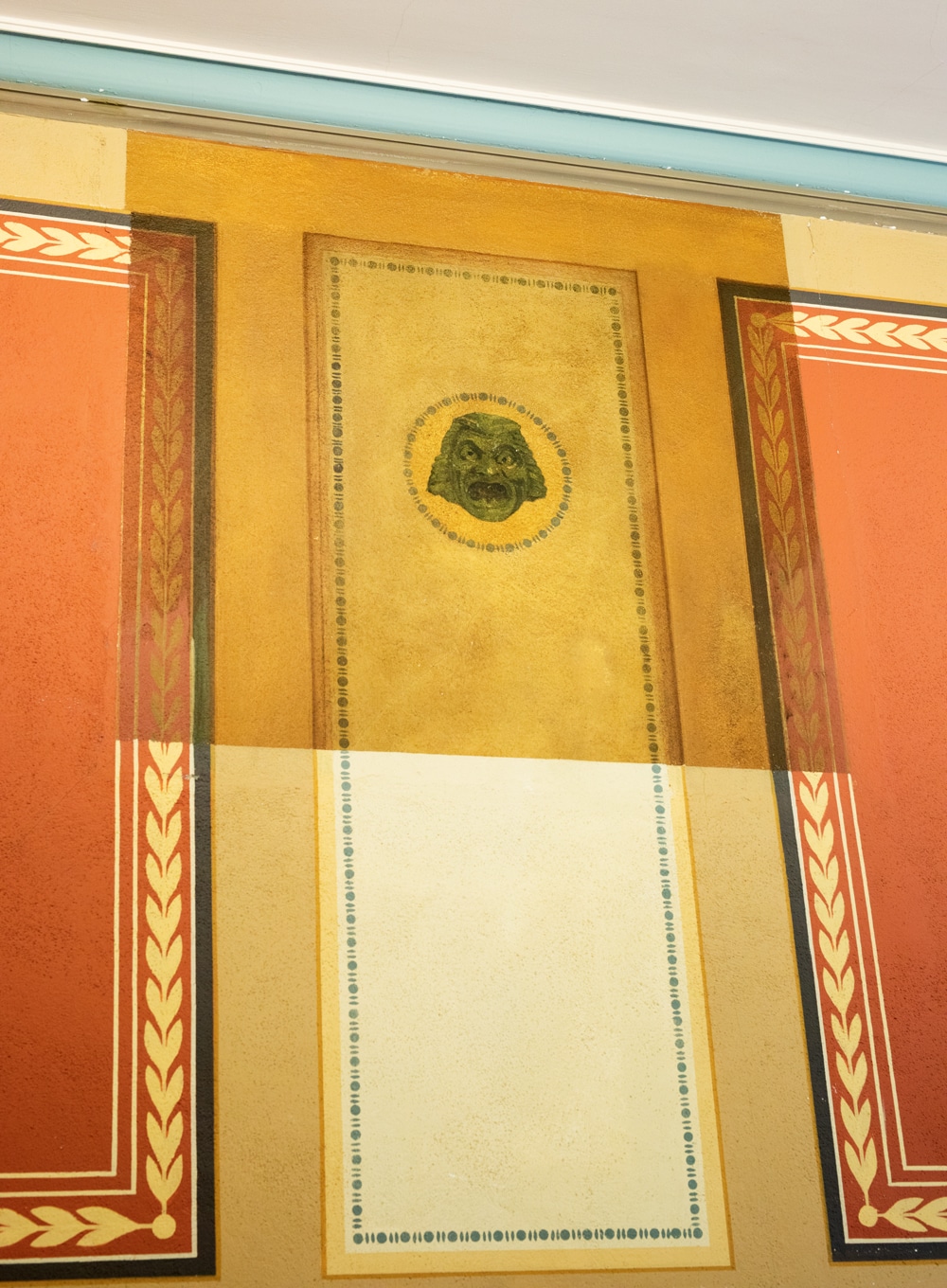
Photo Credit : Adam Detour
Carved above the main doors to the McKim Building were the words FREE TO ALL—and the library was exactly that, which meant its patrons were as varied as the city itself. I lived within walking distance, and going to work always reminded me of the Warner Bros. cartoons where Wile E. Coyote and Sam the Sheepdog clock in together, do battle, and then clock out. Not that any patron was my enemy, but my commute did parallel that of the aforementioned homeless, and together we moved in and out of the library like the tide, nodding in recognition on our way. There was Mr. Butch, widely known as the “King of Kenmore Square,” who used to see me coming every morning and say, “Here comes breakfast,” certain of his 50 cents. And then there was Mr. Daley, rumored to be an engineer, who every day in the library studied a vast pile of books and scribbled notes and calculations onto a single sheet of yellow paper; he was said to be in the midst of a decades-long project to prove the library had been built by the ancient Egyptians. By closing time, his piece of paper would have turned all indigo from his voluminous scratchings, his insights lost. The next day, he would begin again.
In general, the staff of the research library was made up of quasi-academic representatives of the city’s crumbling aristocracy, mostly rinsed through Harvard or Boston College. The staff of the general library tended to be younger, ethnically more diverse, and often, like me, still somewhat new to the city and its ways.
But there was more. Among the employees in both buildings, the divide was between librarians—mostly women, nearly all white and still supervised by men—and library assistants—neighborhood residents, black and white and Asian and Latino. Most of the latter were either high school grads settling in for a 40-year run to a city pension or, like me, recent college grads just happy to have a job that allowed for an annual teeth cleaning and, seriously, a paid half-day holiday to go Christmas shopping.
And there was still another divide: whether one was from Boston or not. That question posed to me early on—“You’re not from here, are you?”—was as important as any other.
Few of these divisions were obvious when I began, and as I moved more or less freely among the various departments—sorting magazines in serials one day, moving boxes in government documents the next—I roamed between both buildings and their populations like an anthropologist on some kind of free-form expedition.
And what a place to explore! In both buildings—the timeworn McKim and the brutalist Johnson—the nonpublic spaces were M.C. Escher–inspired labyrinths in which one really could take a corridor between buildings and somehow go up or down three floors. I had reason to go most places and often went spelunking through the other, out-of-the-way corners on my own. And spelunking is the appropriate word, for in the dank basement of the McKim Building, where fallout shelter signs still hung on the walls, actual stalactites several feet long protruded from the ceiling, created from the groundwater of the Back Bay percolating through yards of dense concrete and granite.
More than once I thought I’d been in every nook and cranny of the library only to find yet another nook. The McKim Building, for instance, contained richly appointed anterooms that had once served as reception areas, an enormous porcelain bathing tub, and a massive safe that no one seemed to know how to open, how it got there, or what it contained. In a dusty corner of the Johnson Building I discovered a well-used mattress, presumably for naps or even an interstaff liaison. In the McKim basement, behind cartons of 49-star flags made by the residents of the Framingham State Prison for Women, I stumbled upon a staff hideaway that included lamps, a couch, easy chairs, and a television. I found squashed between the covers of books the occasional bra or pair of underwear, as well as, sadly, more than a few syringes and spoons secreted away by heroin addicts.
Over time, I met kindred spirits, aspiring musicians and artists and writers like myself, who found the library a sanctuary as well as a graduate school for eclectic self-education. While the place itself and its people delivered one kind of learning—an introduction, as it were—the actual library collections provided another. This is where my Boston education finally reached fruition. In those collections, I discovered both Boston’s past and my own improbable future.
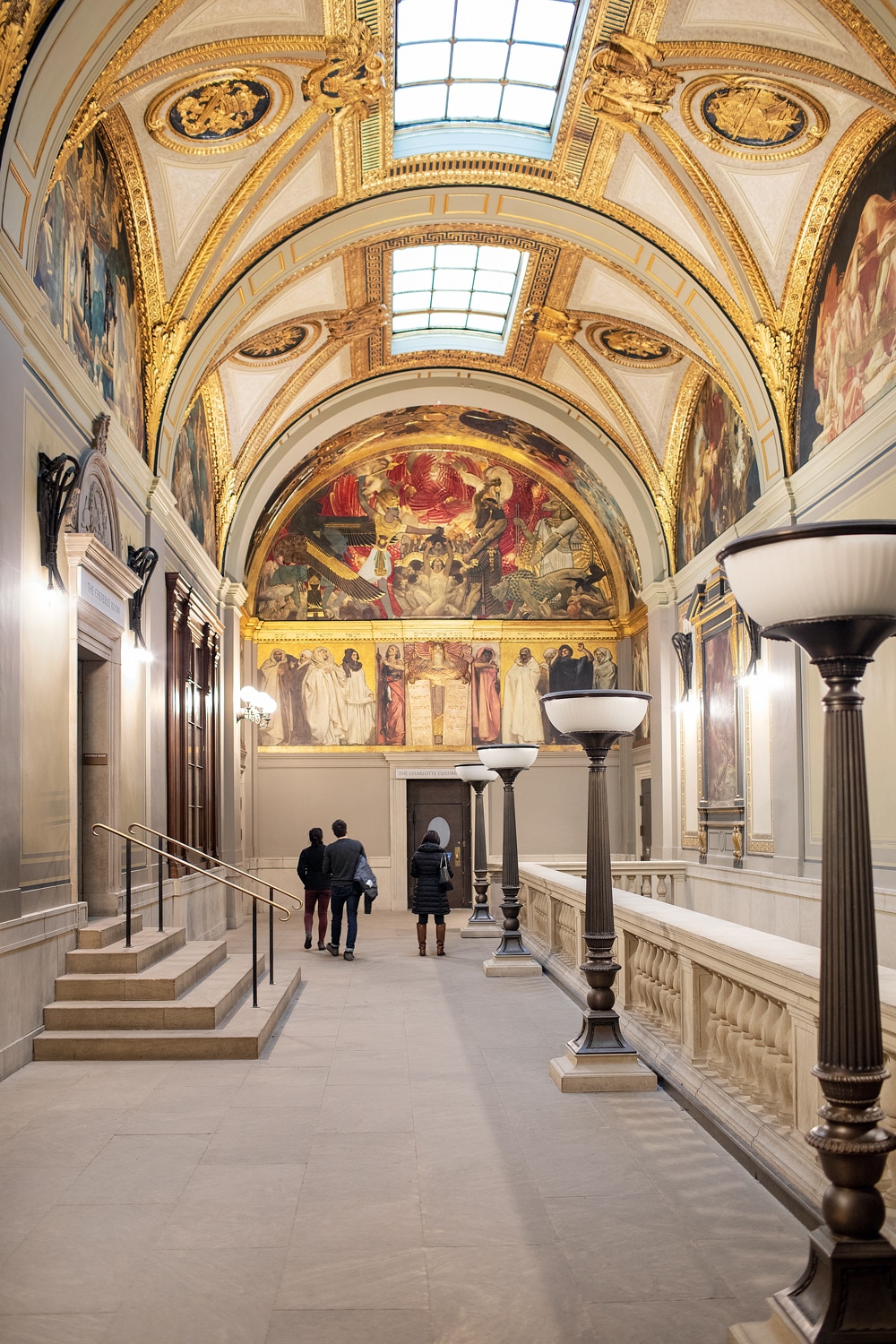
Photo Credit : Adam Detour
A baseball fan, I had read that Chick Stahl, manager of the 1907 Red Sox, had killed himself during spring training by drinking carbolic acid because of the pressures of managing the team. But I knew enough Red Sox history to realize that if this were actually true, there would be an entire graveyard of managers who had chosen suicide. Intrigued, I decided to learn more.
This led me to the microtext department, a room full of old manual microfilm viewers where one could crank through the pages of Boston’s past—not just from the Herald and the Globe but also from defunct papers such as the Post and the Traveller, the American and the Advertiser, the Times and the Transcript, and dozens and dozens more. Though the images were often dim and the film was sometimes scratched nearly to the point of illegibility, these pages made history live again.
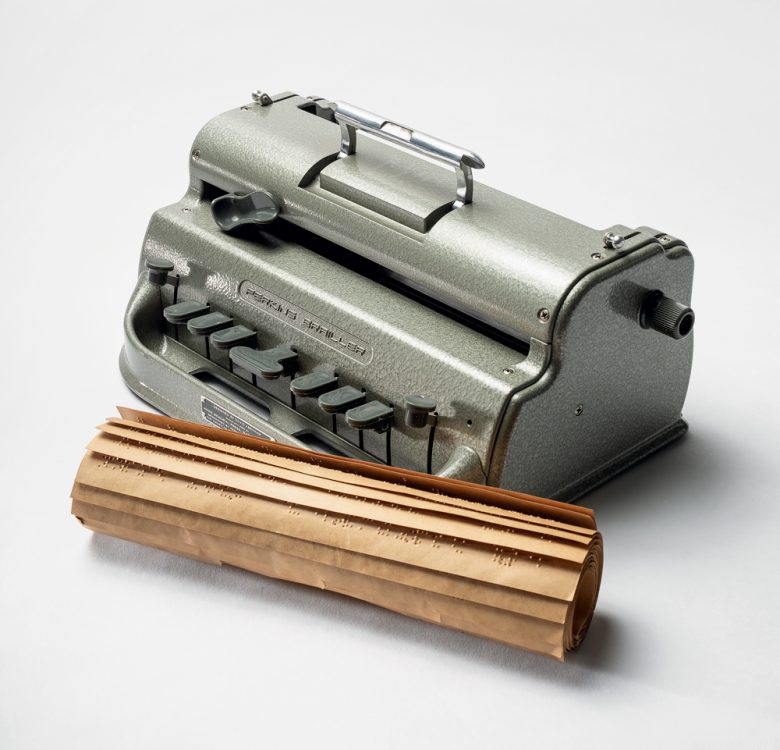
Photo Credit : Adam Detour
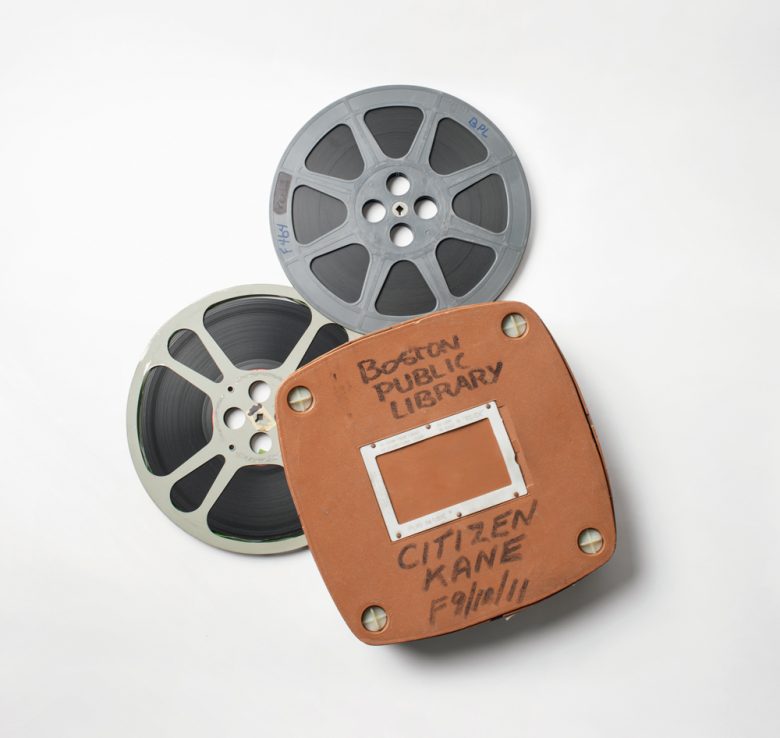
Photo Credit : Adam Detour
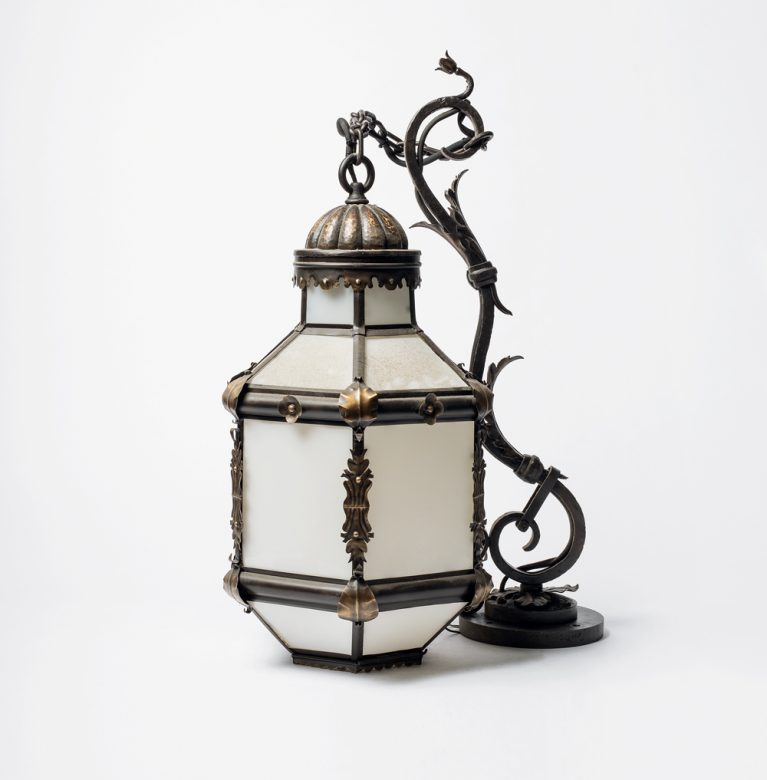
Photo Credit : Adam Detour
As I scrolled through roll after roll of film, Boston’s history unfurled, offering clues to its social and tribal puzzles and seeming to unwrap a gauze that obscured its traumas, from police strikes to molasses floods; its politics, from Honey Fitz and James Michael Curley to Mel King; its criminals, from Charles Ponzi to Whitey Bulger; and its characters, from Isabella Stewart Gardner to Red Sox superfan ’Nuf ’Ced McGreevey. Day after day, as I blew dust off reels mostly untouched for decades, I began to realize the city was nothing but its stories, and I was living within them; I wasn’t so much an outsider anymore, but a character in a larger drama.
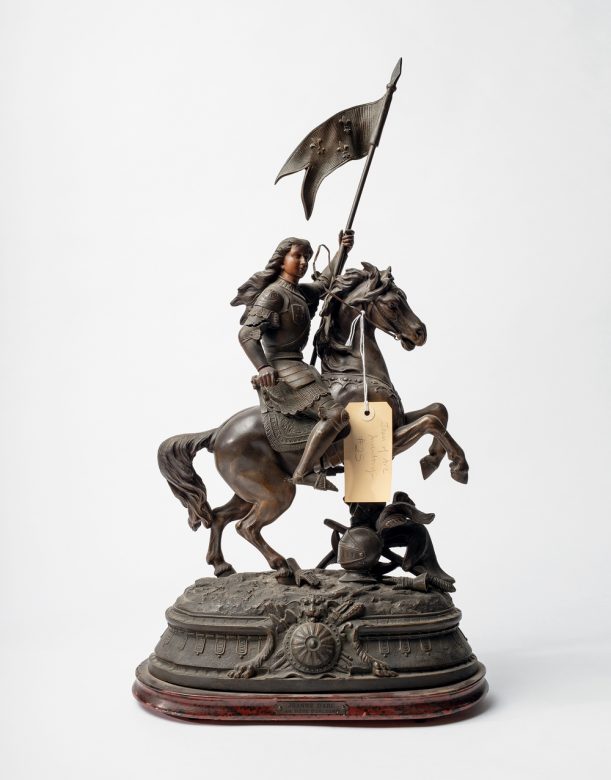
Photo Credit : Adam Detour
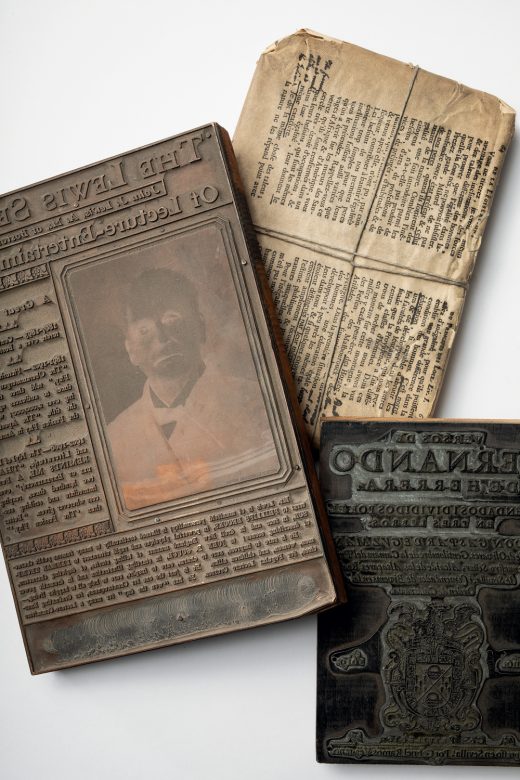
Photo Credit : Adam Detour

Photo Credit : Adam Detour
After uncovering the reason old Chick Stahl had taken that drink of carbolic acid (’twas a woman), I set aside poetry for prose and, improbably, convinced Ken Hartnett, the editor of Boston magazine, to publish the results. And when he asked if I had more, I knew the answer was not just yes but “How much do you want?” The stories of this city were endless.
I was transformed, and as I used the excuse of the city’s sports teams to relive its past, the splits and divisions and logic of the place began to whisper their secrets. It was as if I had uncovered a classification system distinct to Boston. And, just as I had with the library, I ever so slowly deciphered the city and learned its ways.
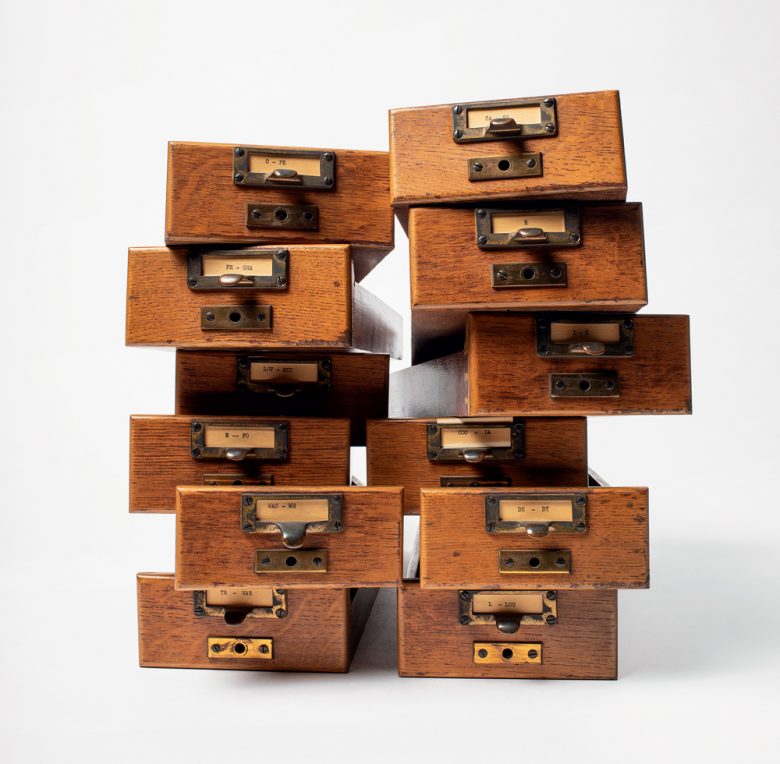
Photo Credit : Adam Detour
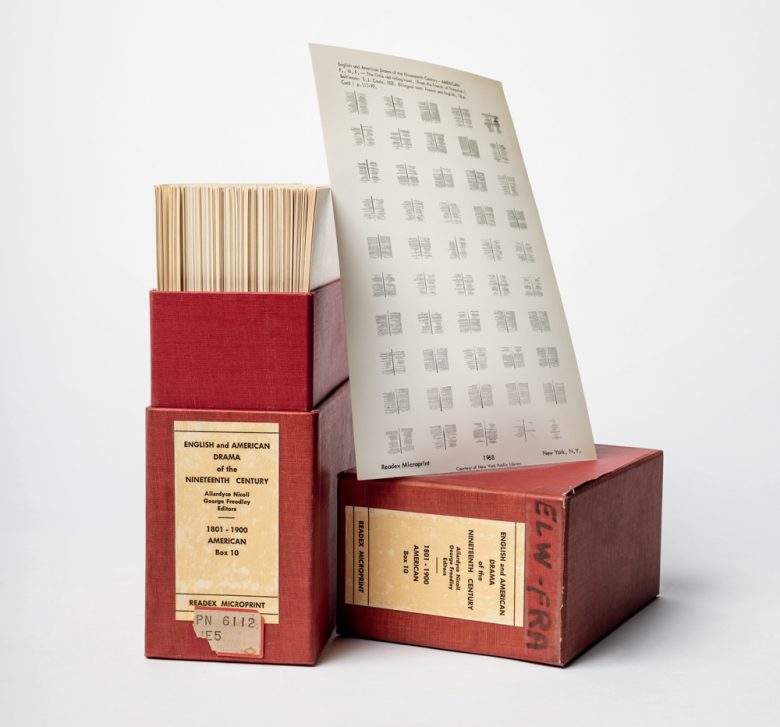
Photo Credit : Adam Detour
This only increased after I took advantage of a now-defunct program and earned a library degree on the city’s dime. Now I was invested in the place—not just the library but Boston, too. I sat in the library’s Italianate courtyard each day before work or during breaks, and at a certain point I began to realize it felt like home. I even took to calling it “the Mother Library.”
And though as my writing career eventually took me away from both the library and Boston itself, when I visit today, I find the city much changed but the library still familiar and recognizable. Nearly 25 years after I left, I fantasize that I can simply slip back inside my old self and just resume working. I am certain it would now be months, if ever, before anyone asked me, “You’re not from here, are you?” If they did, I know now how I would answer: “Yes, I am.” Somehow, by telling some of Boston’s story, I have become a small part of that story myself.


